How to Poop Properly….While Camping
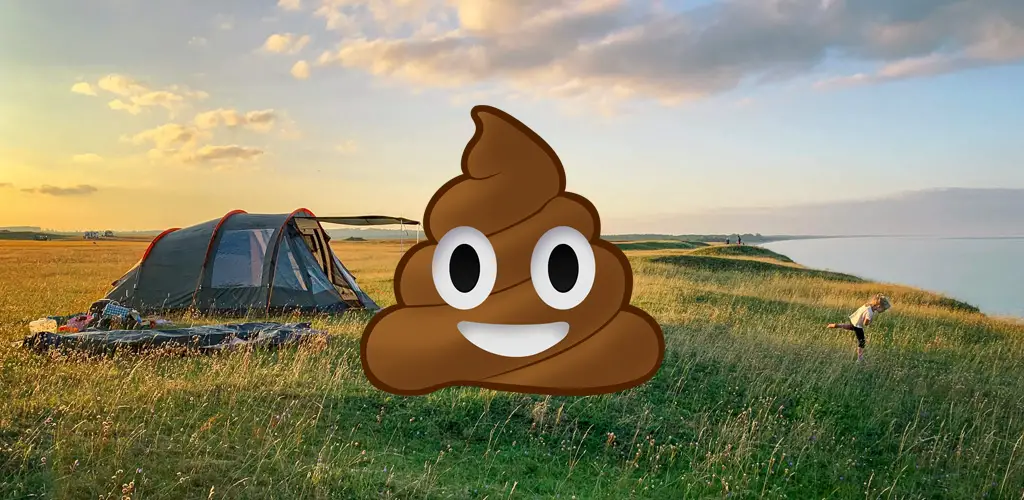
Camping is one of the best ways to connect with nature, spend quality time with friends and family, and escape the hustle and bustle of everyday life. However, as enjoyable as camping can be, it also comes with its fair share of challenges, and one of the biggest can be going to the bathroom. While it may not be the most glamorous aspect of camping, knowing how to poop properly outdoors is crucial for keeping your trips enjoyable.
For most people, “dropping a deuce” in the great outdoors can be an intimidating and uncomfortable experience. But with the right knowledge and preparation, it doesn’t have to be. In this post, we’ll provide you with some options and advice on how to poop properly when camping.
So, whether you’re an experienced camper or a first-timer, read on to learn how to create your own campsite bathroom in the great outdoors.
Camping without a Restroom Nearby
Most state and federal campgrounds have bathrooms available onsite. If you are just getting into camping, we recommend starting your camping experience at these types of campgrounds. Campground bathrooms are not luxurious, but they usually have a toilet to sit on and toilet paper nearby. Pooping in these locations, while usually not particularly pleasurable, is pretty easy.
Some of our best experiences camping, however, have been at dispersed camping sites outside of a designated campground. These “boondocking” sites typically have no services or facilities. Dispersed campsites are free, private, and offer the freedom to camp on your own terms. But you’ll have to poop “on your own terms” as well. With some planning and preparation, you can create your own perfect campsite bathroom.
Here are Some of the Best Campsite Bathroom Options
Option 1: Dig a Hole
Humans have been “busting a grumpy” outdoors since the beginning of time. While the modern man is used to his porcelain throne, animals (humans and otherwise) have always been able to take care of their business with a simple hole. If this is your chosen method, here’s how it’s done:
Step 1: Find the Right Spot
Finding the right spot to relieve yourself when camping is essential for both your privacy and the environment. The following are some guidelines to follow when looking for a suitable location:
- Choose an area at least 200 feet away from water sources. You don’t want to contaminate nearby lakes, rivers, or streams.
- Find a private area away from campsites and hiking trails. Look for a place that’s hidden from view to ensure privacy.
Step 2: Dig a Hole
A hole allows you to bury your poop once you’re done – keeping smells down and preserving the environment for others. Here are some tips for digging your hole:
- Dig a hole that is at least 6-8 inches deep and 4-6 inches wide. This depth will help to ensure that the waste is fully covered and won’t attract any animals or insects.
- Pack a shovel along with your camping gear. Digging can be tricky without the right gear. We recommend a folding camping shovel like this one.
Step 3: Squat & Clean
Squatting is the most natural and hygienic position for relieving yourself. We go into the details of why in this article, but I’m sure you can do the math. Here are some guidelines to follow for the proper squatting and cleaning technique:
- Squat with the right posture. Find a stable position with your feet shoulder-width apart, and squat down until your thighs are parallel to the ground. Make sure your weight is balanced and your knees are slightly bent. Use your thighs and lower body to support your weight and maintain balance.
- Use a rock or a log as a prop if you prefer. If you find it difficult to balance, you can use props such as rocks or logs to support your feet. This will help you to maintain a comfortable and stable position.
- Wipe with toilet paper or biodegradable wipes. Make sure to pack your toilet paper or wipes out with you to keep the environment as pristine as possible.
Step 4: Bury your Business
When you’re done, make sure to bury your business properly. Covering it up properly will prevent humans from accidentally stumbling into it and animals from digging it up. It also adheres to a “Leave No Trace” mentality.
If you choose the “Dig a Hole” option, make sure to bring along a camping shovel. Camping shovels fold up when not in use to pack and store more easily. Here’s one that can be purchased on Amazon that we recommend:
Option 2: Poop in a Bucket
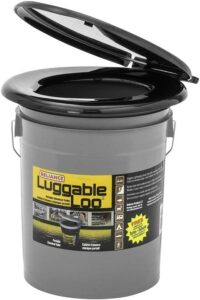
If you are looking for a slightly more civilized campsite bathroom option, a 5-gallon bucket toilet might be the choice for you. A bucket toilet allows you to bring a dedicated toilet to your campsite that when you’re done can be emptied into a trash can – allowing you to safely dispose of your waste.
The idea is simple, the bucket is lined with a plastic bag (or two for double protection) and sawdust is added to the bucket. Each time the bucket is used, a handful of sawdust is sprinkled on top keeping smells to a minimum. When the bucket is full, the bags can be removed and disposed of. The bucket is relined with bags and sawdust for more use.
The bucket toilet method is simple and easy to maintain. With the sawdust (or your absorbent, odor-reducing material of choice), smells really are kept under control. At the end of your trip, the plastic bag can be thrown away – keeping maintenance to a minimum.
You can create your own bucket toilet with any 5-gallon bucket, but to make it more comfortable during use, we recommend picking up a toilet seat lid to attach to the top – making your bucket into a proper (and comfortable) toilet.
If you are looking for an entire bucket toilet solution, we highly recommend the Luggable Loo – a bucket and seat lid that seals tightly when not in use and when traveling. In our experience, we’ve found the pluggable loo to be comfortable and we appreciate having a dedicated bucket for camping-only use.
For privacy, a small toilet tent (like this one) can be used to create a dedicated “bathroom” at your campsite and to allow people to “pinch a loaf” without worrying about others seeing. Adding a privacy tent to your bucket toilet setup really makes pooping at your dispersed campsite easier and more enjoyable.
Option 3: Bring along a Chemical Toilet
Chemical toilets have been around for years and they basically have the same design. Flushing water is held along with the seat and bowl in the upper compartment of the two-part unit. When flushed, the toilet empties the water along with your waste into the storage containing the lower part of the unit.
When full, the lower storage tank can be detached, drained, and rinsed. Chemical waste storage solutions are used in the storage compartment to minimize odors and to help dissolve the waste for disposal.
Of the options above, a chemical toilet is the closest experience to a home toilet. It uses water like your bowl at home and is flushed when done using it. The chemical additives provide the ability to store your waste without odors for the duration of your trip.
The cons of this method are the following:
- Chemical toilets are expensive.
- For them to work properly you need to also purchase chemicals.
- They can leak over time – creating a mess.
- They are a lot to lug around.
- They are often low to the ground and uncomfortable.
- You need to find a dump station to properly dispose of your waste and the chemicals involved.
We know of boondocking campers who swear by their chemical toilets and others that just see them as an unnecessary hassle. The biggest drawback to this option is the find a proper dump station to dispose of the waste. Chemical toilets should NEVER be emptied into the ground or down a standard drain.
If you prefer a chemical toilet for your camp pooping, here’s a good option to consider:
What about Peeing?
For the half of the population with aiming capabilities, peeing outdoors is easy. Find a nice private spot away from water sources, campsites, and trails and get it done.
For the other half of the population, there is a great little device that can make peeing outdoors much easier and more comfortable. A pee funnel can be used to control your stream and can even be used while standing if desired. While it seems silly at first, those on our camping trips who have used a pee funnel have had great experiences with it.
Conclusion
Camping is all about enjoying the beauty of nature, and it’s essential to preserve the environment for future generations to enjoy. However you prefer to poop in nature, please remember the following:
- Leave no trace: Always pack out your trash and dispose of it properly. Do not leave any waste behind, including toilet paper, wipes, or plastic bags.
- Respect wildlife: Do not disturb wildlife. Keep your distance from animals and don’t use the bathroom near their homes.
- Respect water sources: Help keep water sources uncontaminated by doing your business away from water sources.
Camping is a great way to enjoy nature and disconnect from the hustle and bustle of everyday life. By planning how you’ll poop and being properly prepared, you’ll create a campsite bathroom that not only ensures a pleasant camping experience for yourself but also will help to preserve the environment for future generations. Happy camping!





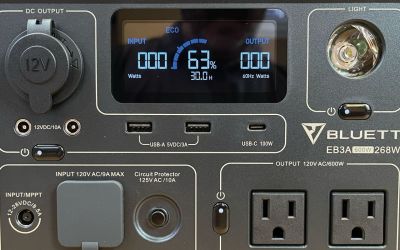
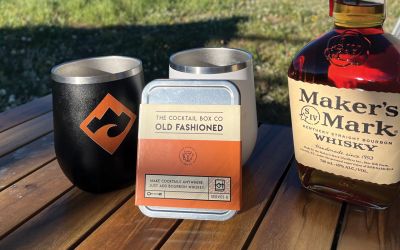
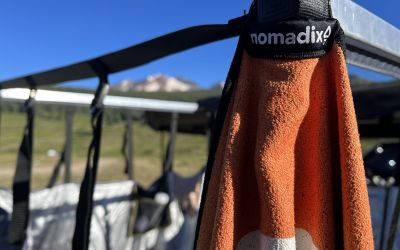

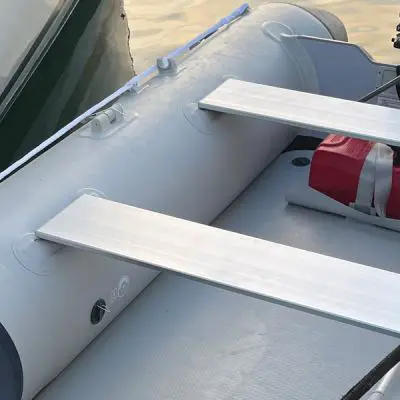
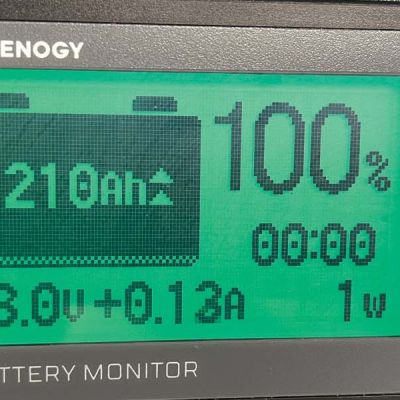
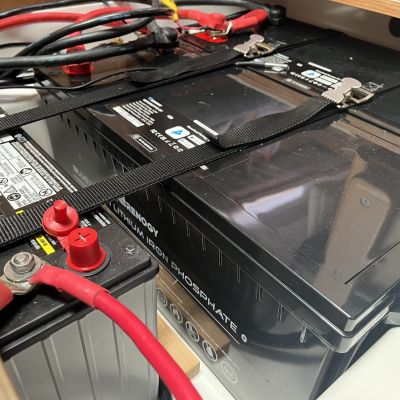
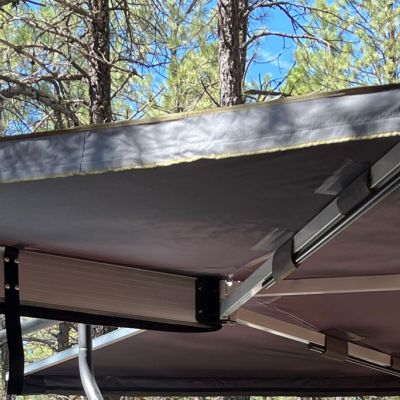
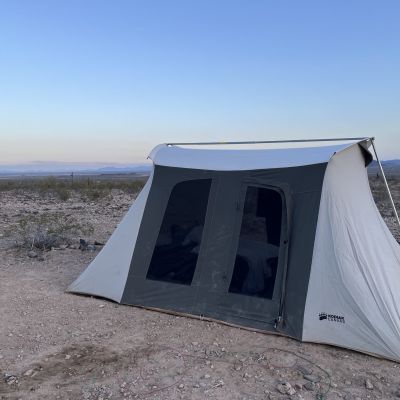
wow. now i’ll never be afraid to poo in public. thanks !
We’re glad to help, keej! But we wouldn’t recommend using any of these bathroom options to “poo in public”. Restrooms are you’re best bet :).